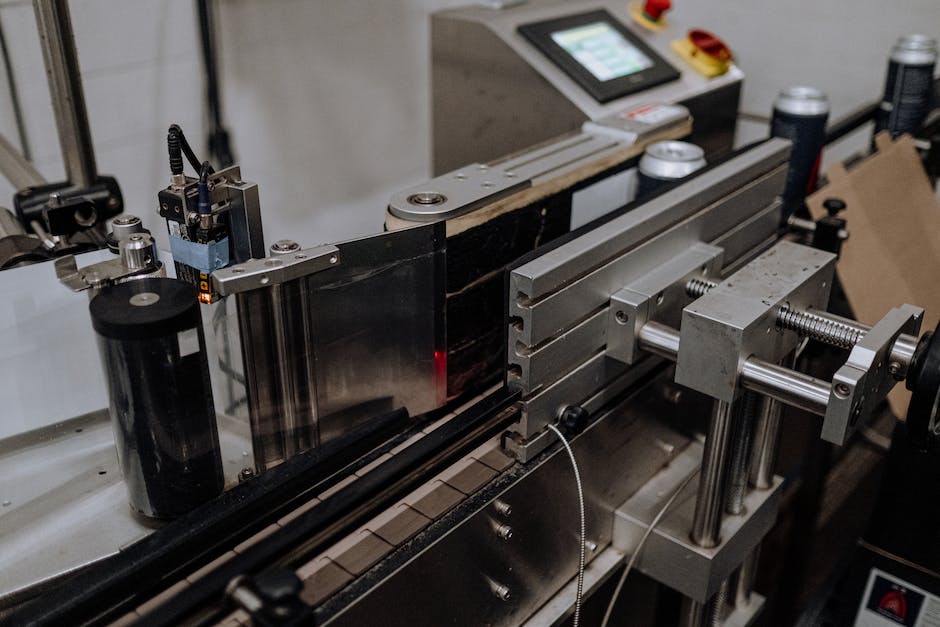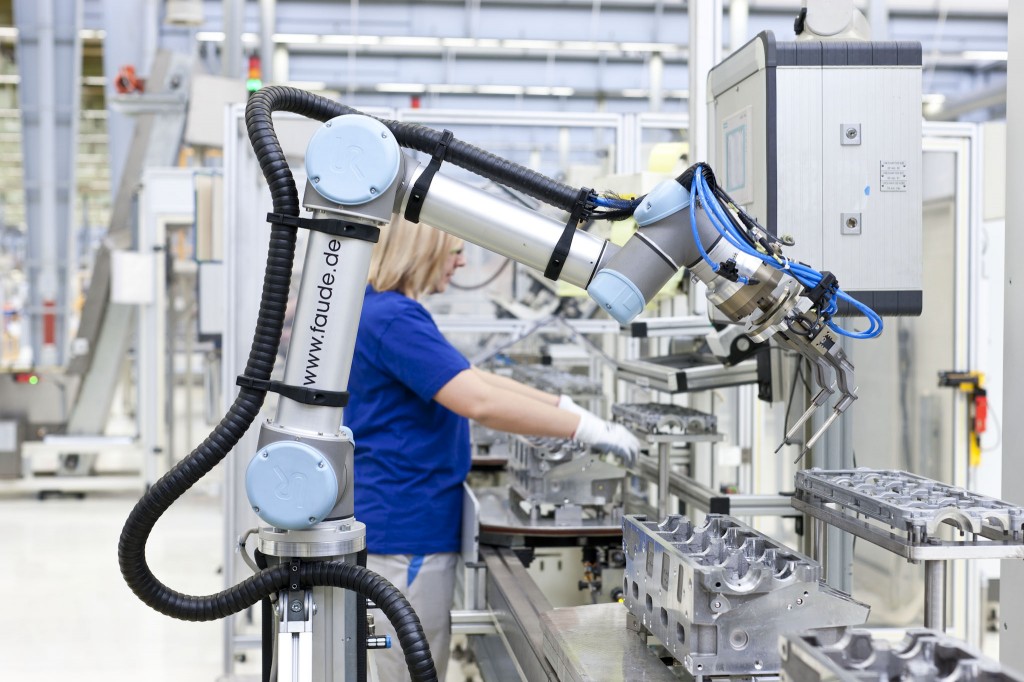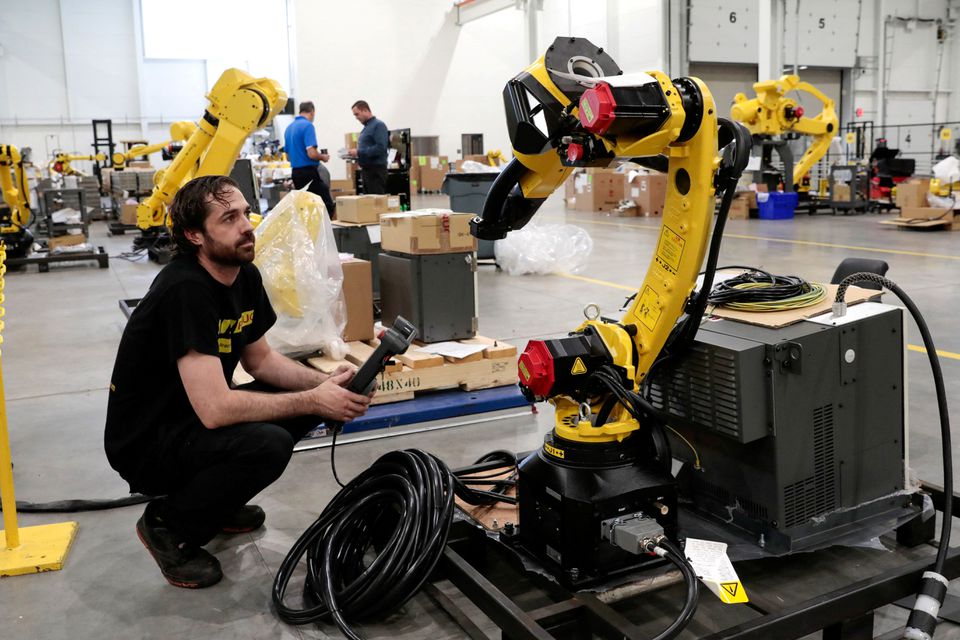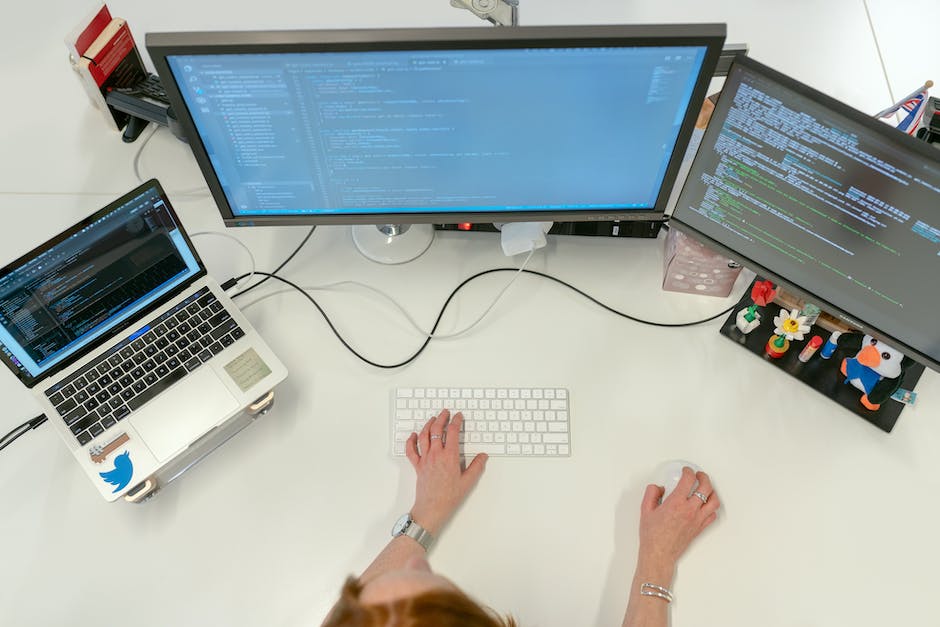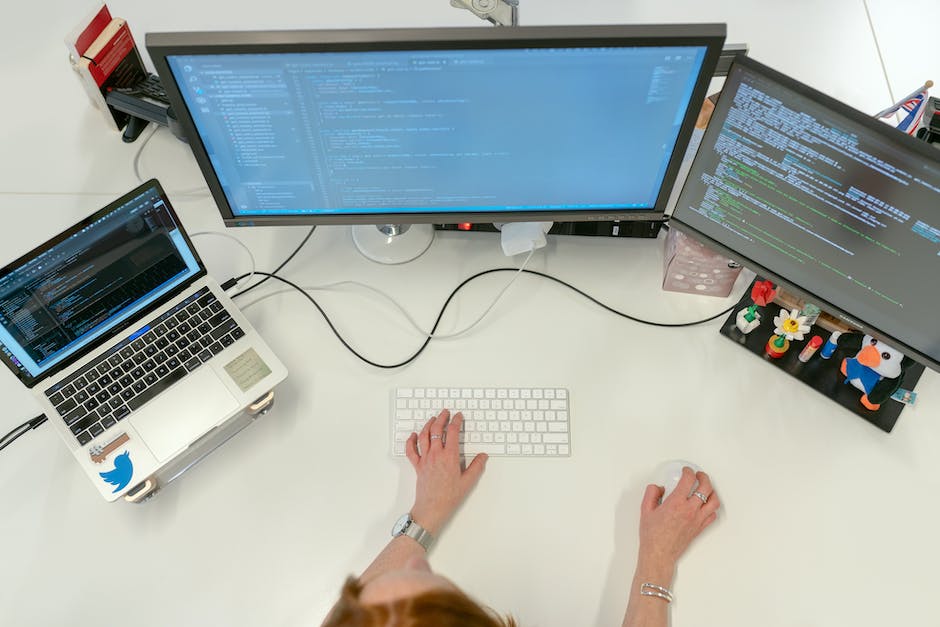Robotics role on the plant floor
Published On 12.30.22
Robots have been around for quite some time, but they are becoming more prevalent in manufacturing plants across the country. With the right software designed specifically for robots, your company can leverage these automated machines to perform various tasks beyond just assembly.
Robots that work collaboratively with humans offer new possibilities for career opportunities. By creating an environment where workers and robotics experts work together, it lessens the stress typically experienced when working close to or next to a robot. This is particularly important since many robots require frequent interaction with individuals to carry out their jobs.
The most common application of collaborative robots is in material handling. These bots take over the heavy lifting by moving materials from one area to another or putting them into different compartments or containers. Companies use this technology because it cuts down on human labor costs while still giving high quality results.
This article will discuss two types of collaborative robots that do not cost very much to implement at your plant. What makes these robots unique is how they interact with each other as well as people outside of production.
Recent developments in robotics have shifted towards more collaborative robots that work alongside or even replacing human employees. These autonomous, computer-controlled machines are designed to perform specific tasks without direct supervision.
Robots such as these were once thought of only performing repetitive tasks like putting together IKEA furniture or assembling cars. However, today’s roboticists are developing them for much higher purposes.
One area where they are proving especially effective is in the production line. Here, each robot performs one task while being watched over by another robot, which takes over when it detects something wrong with the first machine’s performance.
This second robot can then be configured to take over other jobs as well, making this type of collaboration very cost efficient. Technology companies use this concept to great effect, as seen with Amazon’s automated warehouse systems.
These robots will keep working until they no longer function properly, at which point someone must fix it before it breaks down completely. This could mean giving it out extra maintenance or fixing it yourself if possible, but definitely not throwing it away!
Given all of this, why wouldn’t every company try implementing some form of automation? There are many benefits to doing so, including lower employee turnover, reduced costs due to time savings, and improved quality of products.
If you're looking to start using technology to boost productivity, look into automating parts of your business.
Examples of collaborative robots in the manufacturing plant
Robots that work together to complete tasks are no longer limited to factories making cars or food products, they can do much more! This is due to two main reasons: technology has advanced enough so that these robots can perform complex functions, and companies have found applications for them beyond just cost-cutting.
Robots with arms designed specifically for human interaction are referred to as cooperative autonomous systems. More and more manufacturers are using these robots to fulfill diverse roles within their plants.
They're used both independently and collaboratively by different employees and departments across the company. Some examples include:
- Assemblers use them to take item parts and put them into place
- Use them to pick up and pack items away after processing
- Lay down material onto another surface to begin production of new goods
- Take completed pieces and put them into other machines or storage
These robots reduce idle time for workers, as they don’t need to be in control of the robot at all times.
It also gives people more job opportunities because it isn't necessarily limited to one position. People who were able to perform routine jobs such as putting parts together may get assigned work like laying down metal sheets which creates the next product.
Types of robots in a manufacturing plant
Robots come in many different shapes and sizes, but they all have one thing in common — they use sensors to measure your materials or products and perform an action based off what it detects.
The most well-known type of robot is the manipulator arm. These robots have an attached tool that they can manipulate and use as their hand. For example, a wheeled robot with a gripper tool could pick up objects and put them into another container.
Other types of robots include vision-based robotics and autonomous mobile robots (AMRs). Vision-based robots use cameras or lasers to detect features of the work surface or material being processed. AMR’s are self-driving vehicles that navigate around the factory without input from humans.
Another type of robot is the collaborative robot. A collaborative robot works with people! They can be taught how to process certain materials using human controllers that give instructions to the robot. Then, the robot takes these commands and performs its job automatically.
Why are collaboration robots so popular? Because they reduce operator exposure to risk and labor costs. Operators no longer need to constantly monitor and direct the robot; instead, they can leave this task to the computer programs.
This also helps keep workers safe because there are fewer chances for accidents. In fact, some companies even require collaboration over manual manipulation due to safety reasons. Types of Cobots include:
- Articulated arm:
- These are robots with rotary joints. They have an arm that is mounted to a base with a twisting joint.
- Mobile:
Mobile COBOT or mobile collaborative robot are intelligent and transportable that can also be used to support humans in shared workspaces. - Cartesian:
Robots with a very rigid structure. 3 prismatic joints that only move in the 3 linear axis (X,Y & Z). Extremely precise due to their rigid structure and contained joint movement. - Delta:
Parallel robots with 3 robotic arms connected to a base. They can be working on a higher speed than the Cartesian COBOTS and are extremely accurate.
Consider the cost of a robot
Recent developments in collaborative robots have made them much more affordable, which is great for your business! There are many different types of robots that do various tasks within manufacturing plants, so it’s important to know what features matter most to you.
Robots can be expensive, especially when you add all of the extra equipment needed to control them. A computer program or “controller” is also very expensive, but not every robot comes with their own controller.
Some companies will sell you an inexpensive pre-programmed controller that you can connect to yours via Wi-Fi or Ethernet, but this isn’t always the best option. This could easily become costly if you need to make changes later on.
It is important to evaluate the entire project based on a verified business case that determines the ROI (Return on Investment). Many customers see an payback in as little as 10.5 months.
Consider the design of the manufacturing plant
A second way to use collaborative robots is in production lines or assembly areas where material can be input into the robot, the robot performs an automated task, and then the part is output.
In this case, the robot has a clear work area and materials are put into the robot by someone else and it does the next step automatically. After that, another person picks up the completed product and gives it back to the robot for the next stage of the process.
The cost per unit is usually lower than other types of automation because there are not as many moving parts. Also, people often feel comfortable working with robots due to their robotic nature.
This type of robotics is very popular in factories around the world. Many large companies have implemented them to reduce costs and increase efficiency.
Plan your robot installation
There are many different types of collaborative robots available these days, with most manufacturers offering one or more of their own brand models. As such, it is very difficult to know which type of robot would be best for you or your business!
In this article we will discuss some fundamental questions that must be asked before deciding if a mobile robotic arm is right for your business. By asking these questions early on, you can save time and money in the long run by not investing in an expensive robot that cannot perform its tasks or needs constant maintenance.
It is important to remember that even though each individual robot may seem similar at first glance, there are still several key features that make them differ from each other.
A well conducted detailed engineering study of the existing manufacturing operation can help mitigate many future issues.
Typical studies include conceptual design, examination of potential equipment changes and or additions, and implementation of CoBot technologies.
Deliverables may include:
- Proposed 2D/3D Layouts of CoBot cell
- Process simulation of target process to verify cycle times
- Investigate and recommend best use of end effector technologies on target parts.
- Determine CoBot cell control scheme and preliminary control panels.
- Review wiring, I/O and sensors necessary to integrate the CoBot into process.
- Investigate material handling (palletizing, infeed and outfeed) concerns.
- Safety analysis.
Take care of your staff
As mentioned before, robots can be expensive so it is important to make sure that you are investing in them responsibly. Make sure to discuss how they will affect the workplace for both positive and negative ways!
Some examples of this could be having to let go of some positions due to automation or creating new positions such as engineering assistants to help maintain the robot.
Having these conversations now is very important since most people in the workforce today will not have access to high paying jobs forever.
Keep up to date with new technology
Technology is constantly changing, which can be both good and bad for your business depending on what you are looking to achieve. On one hand, it is easy to get overwhelmed by all of the new gadgets and gizmos that companies create.
They seem to be coming out faster than ever before, making it difficult to know what is actually worth investing in. This could mean wasting money if something does not work or prove its efficiency.
On the other hand, staying ahead of the curve can give you an edge over competitors who may be more technologically advanced than you.
By being familiar with newer technologies, you will have an advantage over those who are not. It is always advantageous to keep yourself informed about what is happening in the world of tech.
There are many ways to do this, from reading blogs to listening to podcasts to watching YouTube videos. No matter how you choose to stay abreast of the latest trends in technology, just make sure you are doing so for educational purposes only!
Don’t use these tools to promote products or services unless you have vetted them first! There are several free resources available online that can help you remain impartial.
